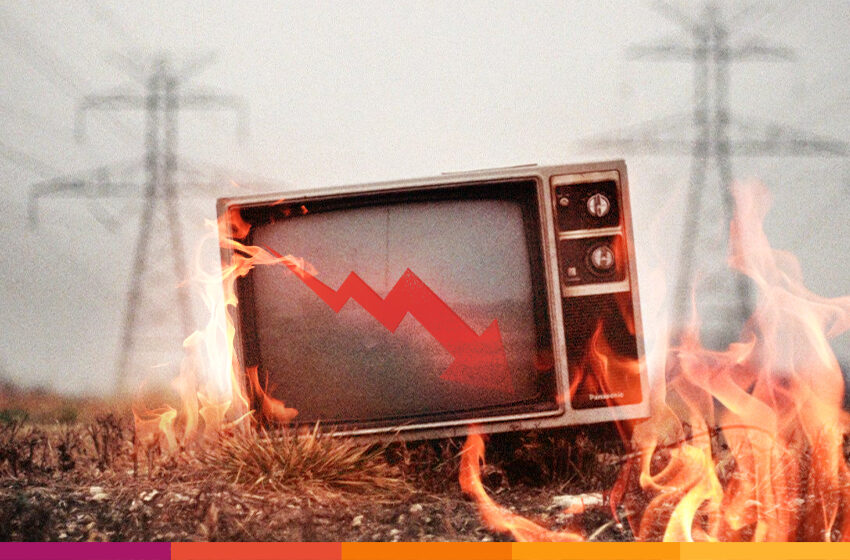
Diminishing returns in TVC advertising; Need for unorthodox creativity
Rapid pace of urbanization and industrialization has led to an exponential growth in most corporate and manufacturing industries. This has led to increased competition, as they are all trying to acquire a relatively small portion of consumers in the Nepalese market. No wonder, the advertising industry is one of the fastest growing sectors in Nepal. Since competitors are vying for the same exclusive pie of consumers, they have significantly increased their marketing budget to navigate their way through the cut-throat competition. That said, there is a conventional rot that plagues the marketing industry. In this article, we assert that brands need to dwell into alternate marketing models to get the best ‘value for money’. Towards that, we will argue that exposure and customer conversion from TVC ads is less(diminishing returns) compared to other marketing models like outdoor and digital marketing.
We will also argue that lack of creativity in TVC ads has reduced the customer conversion ratio. This is because brands focus on exposure compared to portraying a strategic value proposition. Finally, we conclude by outlining possible creative changes to TVC ads and alternative marketing models.
Decreasing TV viewership
An advertising slot in a television channel is perhaps the most expensive marketing platform. While the newer generation hardly watches TV anymore, brands continue to pour a significant portion of their marketing budget in TVC ads. Conventionally, a network outlines its pricing model solely based on TRP( Target Rating Point). However, TRP only measures how many consumers tune into a TV channel. It does not measure whether people are actually watching it.
One of the basic appeals of TVC advertising is that it helps brands reach mass audiences. However, TRP metric alone has made it difficult to assess whether brands get expected exposure through ads. Researchers at Cornell university carried out an important research, and found that nearly a third of TV ads play in empty rooms, and that viewers are more likely to leave the room or indulge in a second screen ( like a smartphone).
Diminishing returns
TVC ads from famous brands mostly rely on celebrity endorsement. Especially in Nepal’s case, most celebrity endorsements come from yesteryear celebrities like Maha Jodi or Rajesh Hamal. Having become a personal brand themselves, these celebrities charge hefty sums for their endorsement of a product. However, are brands getting any mileage from these expensive TVC ads with expensive celebrities? Research proves otherwise. Digital Marketing Institute’s research concluded that 3% consumers would consider purchasing a product in-store if promoted by a celebrity, compared to 60% for an influencer. This brings us back to the same conclusion. TVC ads are expensive affairs with little return on investment in terms of customer acquisition.
For more on diminishing returns of TVC ads and increasing value of influencers, Click here
Alternative to diminishing returns
To further strengthen this argument, look at the successes of alternative advertisements like that of ‘Urna beer’. Whether you personally prefer this beverage or not, there is no way you have not heard ‘chiso chiso pani jasto jharna ko’. The brand is not allowed to run TVC ads due to prohibition on alcohol and cigarette advertising. However, this proved to be a boon for the brand. Leveraging Zen Z and millennials, and advertising their product digitally, the brand has gained exponential dividends in terms of exposure as well as customer acquisition/ conversion.
NICA and its ‘Soch Badalau’ campaign, in particular, is one of the rare exceptions where TVC ad format has become successful. Unlike other brands that try to simply convert a celebrity’s fanbase as their customers, ‘Soch Badalau’ kept NICA’s brand positioning as the central agent. We are not here to argue against celebrity endorsements. That said, we are against the creative rot that plagues our advertising industry.
Summing up:
TVC advertising is a model with increased diminishing returns throughout the world. Thus, to sustain the TVC industry, brands and marketing agencies need to be creative. Like mentioned above, there are few brands/ agencies that have tried to evolve advertising in Nepal. However, this should become the norm, not an exception. One of the biggest mistakes a brand can make is to treat its customers as idiots. This applies to marketing/media agencies as well.
Convention of simply hashing celebrities’ ‘once upon a time’ characterization to evoke nostalgia won’t naturally bring customer conversion. As a brand, your ad needs to tell who you are, and what your product is. You should leverage your celebrity endorsement for your product, and not the other way around! Since change is the only constant, brands need to evolve and move where the consumer moves. Consumers today are not hooked to TV, rather they are hooked to the digital platforms like YouTube and social media like Facebook and TikTok!




